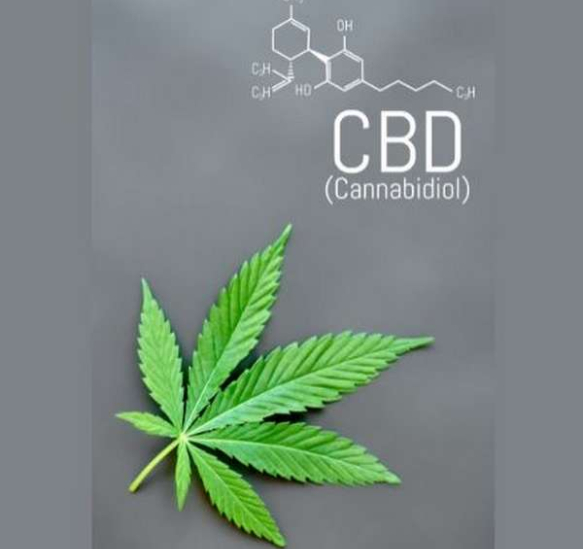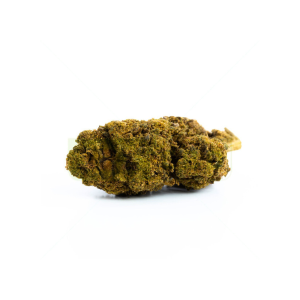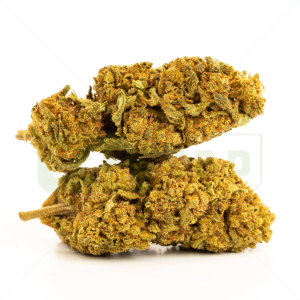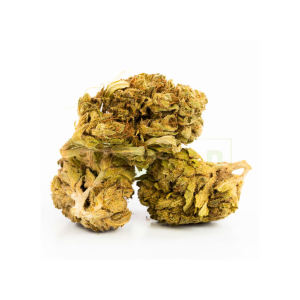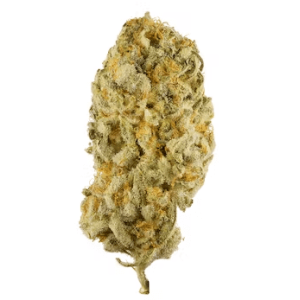Pinene, a terpene that is good for you!
In nature, pinene is much more than a terpene with a sweet pine scent. It is above all a molecule that helps plants defend themselves against herbivores and pathogens. The substance is in fact a natural repellent which therefore creates an olfactory barrier between the plant and its “predators”.
This terpene also has antifungal and antibacterial properties, which it puts at the service of the plant but also of CBD consumers... as long as they opt for for a hemp strain rich in pinene.
Chemically, pinene is a bicyclic hydrocarbon, which therefore has two carbon rings without its structure. It is found in abundance in the essential oils of several plants, notably conifers and certain aromatic herbs such as rosemary and basil.
Pinene and its “health” applications
Pinene is a very interesting substance due to its bioactive properties, its abundance and the relatively low cost of its extraction.
So yes, as with all terpenes, research is still in its early stages, but certain properties are already proven or strongly suspected. Some examples:
-
Pinene is an excellent anti-inflammatory. It is also commonly used in homeopathy to relieve the symptoms of arthritis and colitis;
-
It is also a bronchodilator, which therefore allows the airways to dilate to make breathing easier. It is increasingly recommended as a complement to drug treatments for people who suffer from asthma;
-
Pinene has antimicrobial and antifungal properties, particularly against bacteria responsible for certain skin, digestive and respiratory infections (E. Coli and Staphylococcus Aureus), or again against the fungi responsible for candidiasis and pulmonary infections (Candida Albicans and Aspergillus Niger);
-
It is finally a good anxiolytic, like the majority of hemp compounds. It thus reinforces the soothing and anti-stress action of CBD.
Research continues to explore the therapeutic potential of pinene in the treatment of neurodegenerative pathologies and the management of certain forms of cancer.
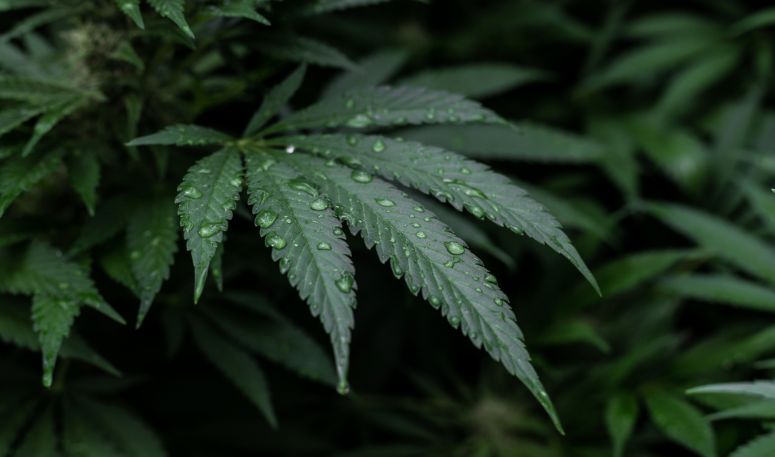
Taste, aromas, fragrances… what are the organoleptic properties of pinene?
CBD flowers and other plants rich in pinene share one thing in common: they all give off a pine and rosemary smell, which will be more or less marked depending on the concentration of the terpene. The finest noses will distinguish resinous and fresh nuances. Close your eyes: you are in a majestic coniferous forest!
Some hemp flowers contain a slightly less common form of pinene, dominated by beta-pinene (rather than alpha-pinene). The latter will therefore have a odor of cedar wood and aromatic herbs, softer and less penetrating.
In the mouth, the pinene (alone) is slightly bitter, with a freshness reminiscent of rosemary and basil. The note is herbaceous, and the end of palate is slightly spicy and woody, with a note of resinous and invigorating freshness, not minty.
In a CBD flower or edible product, pinene will be relatively discreet and will not dominate the taste. Rather, it will add a subtle nuance and give body to the taste.
Want to taste pinene? Opt for these CBD strains
We have selected for you the top 5 of our CBD flowers full of pinene:
-
The Blue Dream, a Sativa – Indica hybrid variety with a sweet and fruity aroma reminiscent of berries, with a touch of pine on the finish. The Blue Dream is physically calming and mentally invigorating;
-
The Sour Diesel: recognizable by its pungent aroma which combines notes of diesel and citrus fruits, this strain is sought after for its invigorating effect;
-
The Harlequin, a variety with an earthy and spicy flavor profile, with undertones of mango. It is prized for its relaxing properties, without causing drowsiness, for use throughout the day;
-
The ACDC, which offers you acomplex bouquet mixing notes of earth, wood and light citrus;
-
The Jack Herer and its fresh pine aromas, enhanced by spicy and peppery nuances. It is a stimulating and energizing strain intended for daytime use.

